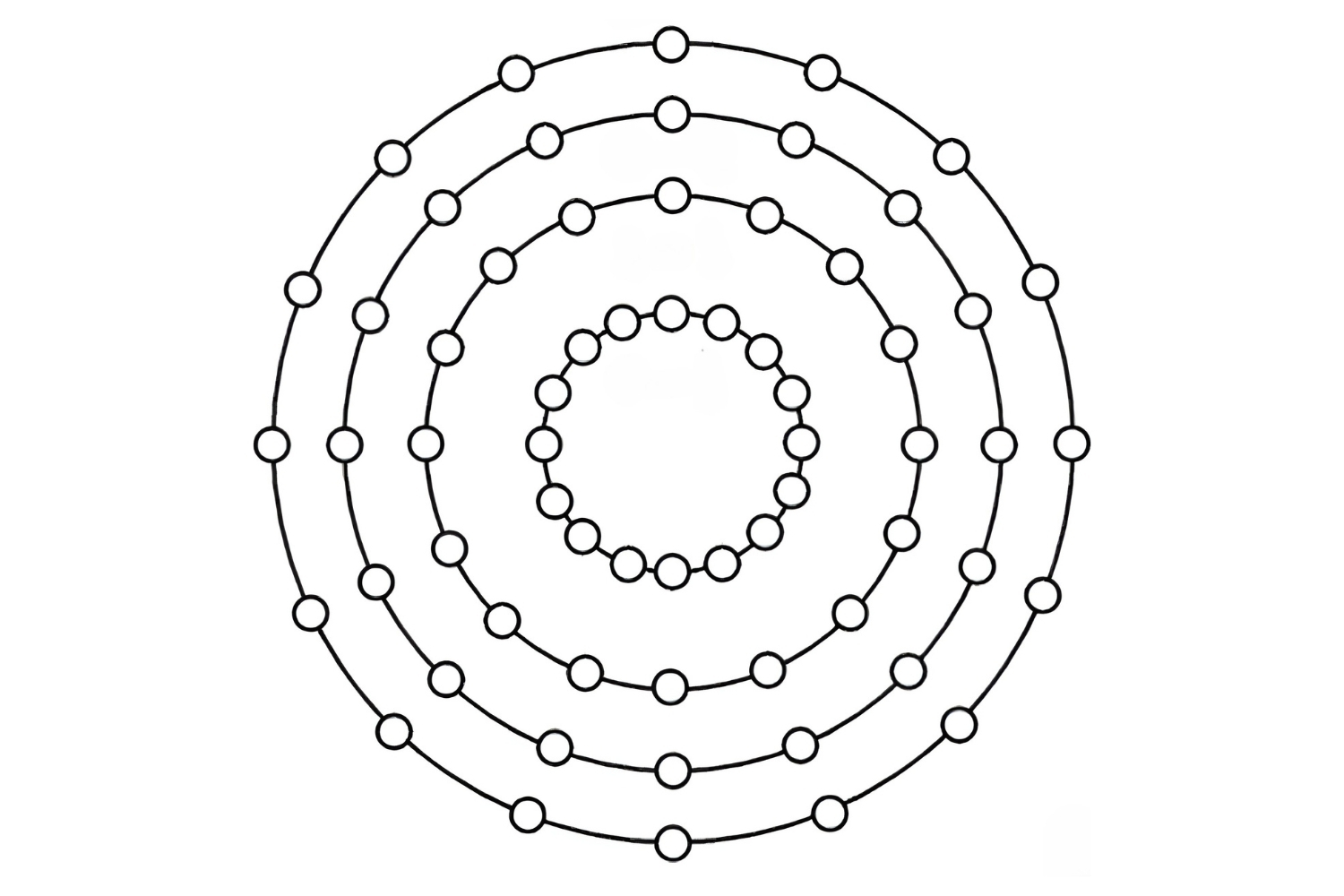
What is the de Haas-van Alphen effect? The de Haas-van Alphen effect is a quantum mechanical phenomenon observed in metals and semiconductors. It involves oscillations in the magnetic susceptibility of a material when exposed to a strong magnetic field at very low temperatures. These oscillations are directly related to the quantization of electron orbits in the material's crystal lattice. Named after physicists Wander Johannes de Haas and Pieter M. van Alphen, this effect provides crucial insights into the electronic structure of materials. Understanding this effect helps scientists study the Fermi surface, which is vital for comprehending various electronic properties of metals.
What is the de Haas-van Alphen Effect?
The de Haas-van Alphen effect is a fascinating quantum mechanical phenomenon observed in metals. It involves oscillations in the magnetic susceptibility of a material when exposed to a strong magnetic field at low temperatures. This effect provides valuable insights into the electronic structure of metals.
-
Named after physicists Wander Johannes de Haas and Pieter M. van Alphen, who discovered it in 1930.
-
The effect is a direct consequence of the quantization of electron orbits in a magnetic field.
-
It is observed only at very low temperatures, typically below 4 Kelvin.
-
The oscillations in magnetic susceptibility are periodic in the inverse of the magnetic field strength.
How Does the de Haas-van Alphen Effect Work?
Understanding the mechanics behind this effect requires delving into quantum mechanics and solid-state physics. Here's a breakdown of how it works:
-
Electrons in a metal form Landau levels when subjected to a magnetic field.
-
As the magnetic field strength changes, the Landau levels shift, causing oscillations in the density of states at the Fermi level.
-
These oscillations lead to periodic variations in the magnetic susceptibility of the material.
-
The frequency of these oscillations is related to the extremal cross-sectional area of the Fermi surface perpendicular to the magnetic field.
Applications of the de Haas-van Alphen Effect
This effect isn't just a theoretical curiosity; it has practical applications in various fields of physics and materials science.
-
Used to map the Fermi surface of metals, providing crucial information about their electronic structure.
-
Helps in determining the effective mass of electrons in a material.
-
Assists in studying the properties of superconductors and semiconductors.
-
Valuable in the development of new materials with specific electronic properties.
Experimental Observations
Observing the de Haas-van Alphen effect requires precise experimental setups and conditions.
-
Requires extremely low temperatures, often achieved using liquid helium.
-
High magnetic fields, sometimes exceeding 10 Tesla, are necessary to observe the effect.
-
Sensitive magnetometers are used to detect the tiny oscillations in magnetic susceptibility.
-
The effect can be observed in both single crystals and polycrystalline samples, though single crystals provide clearer results.
Historical Significance
The discovery and subsequent studies of the de Haas-van Alphen effect have had a significant impact on the field of condensed matter physics.
-
Provided early experimental evidence for the quantum theory of metals.
-
Contributed to the development of the theory of electron behavior in magnetic fields.
-
Influenced the study of other quantum oscillatory phenomena, such as the Shubnikov-de Haas effect.
-
Played a role in the advancement of cryogenics and low-temperature physics.
Modern Research and Developments
Research on the de Haas-van Alphen effect continues to evolve, with new discoveries and applications emerging.
-
Recent studies have explored the effect in topological insulators and Weyl semimetals.
-
Advances in experimental techniques have allowed for more precise measurements and deeper insights.
-
The effect is being studied in two-dimensional materials like graphene.
-
Researchers are investigating its potential applications in quantum computing and spintronics.
Fun Facts About the de Haas-van Alphen Effect
Let's wrap up with some intriguing and lesser-known facts about this quantum phenomenon.
-
The effect can be used to measure the purity of a metal, as impurities affect the oscillation amplitude.
-
It has been observed in exotic materials like heavy fermion compounds and high-temperature superconductors.
The Final Word on the de Haas-van Alphen Effect
The de Haas-van Alphen effect is a fascinating phenomenon in physics that reveals much about the quantum nature of materials. By studying the oscillations in magnetic susceptibility, scientists can uncover details about the Fermi surface and electronic properties of metals. This effect has practical applications in developing new materials and understanding existing ones.
From its discovery by Wander Johannes de Haas and Pieter M. van Alphen to its modern-day applications, this effect has significantly advanced our knowledge of solid-state physics. Whether you're a student, a researcher, or just someone curious about the mysteries of the quantum world, the de Haas-van Alphen effect offers a window into the intricate dance of electrons and magnetic fields. Keep exploring, and who knows what other secrets you might uncover in the world of quantum mechanics!
Was this page helpful?
Our commitment to delivering trustworthy and engaging content is at the heart of what we do. Each fact on our site is contributed by real users like you, bringing a wealth of diverse insights and information. To ensure the highest standards of accuracy and reliability, our dedicated editors meticulously review each submission. This process guarantees that the facts we share are not only fascinating but also credible. Trust in our commitment to quality and authenticity as you explore and learn with us.
